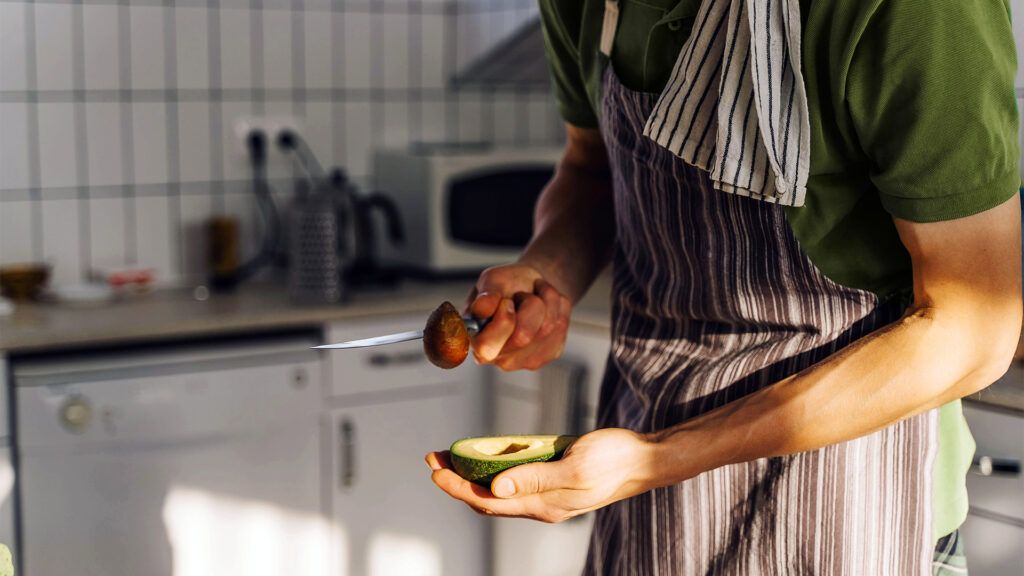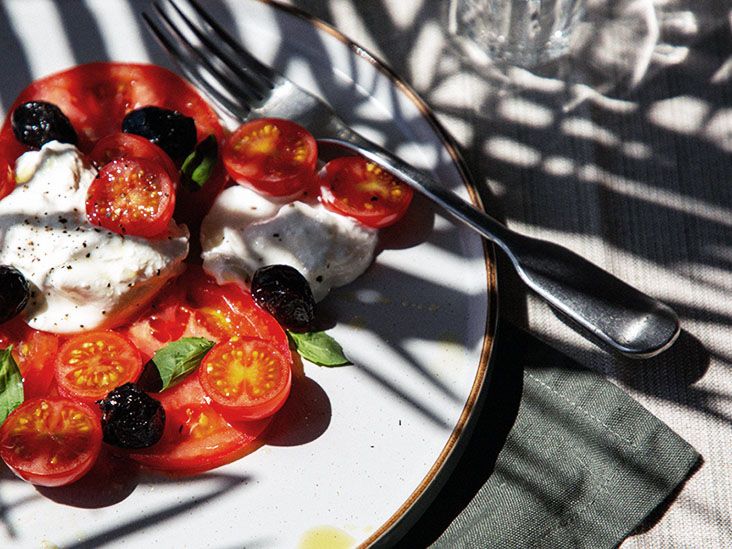Exercise and medication are the only things that can bring down blood sugar acutely. However, certain foods, such as leafy greens, whole grains, eggs, and nuts, will not raise it as much as others and can help lower long-term fasting glucose levels.
This means these foods will not raise a person’s blood sugar, also known as blood glucose. These foods may also help them avoid a blood sugar spike. In addition to diet changes, staying or becoming active is also important.
This article details which foods a person can add to their diet plan. Individuals may prevent prediabetes or type 2 diabetes by adding more of these foods, spices, and drinks to their diet.

Polyunsaturated fatty acids (PUFAs) and monounsaturated fatty acids (MUFAs) are important components of a healthy blood sugar-eating plan.
They can improve insulin sensitivity. They may also help increase feelings of satiety and have a healthy effect on blood pressure and inflammation. MUFAs are a key nutrient in avocados.
Protein
Fish is a good source of protein. It is low in unhealthy fats and a good source of omega-3 fatty acids. Options include:
- salmon
- trout
- albacore tuna
- mackerel
- halibut
Fish can also be quick and easy to prepare. For example, by seasoning a filet with salt, pepper, and lemon and baking at 425°F (218°C) for 20 minutes until the flesh is flaky.
Garlic has the potential to help manage blood sugar.
Garlic has a very low GI of 10–30, so it will not increase blood sugar levels. A person can add more garlic into their meals by trying this garlic spread — it can last for a week and replace butter or salad dressing.
Sour cherries have the chemical anthocyanins. Older studies have shown that anthocyanins may protect against type 2 diabetes and obesity.
A person can include sour cherries as well as other unsweetened red or purple berries, which all have a lower glycemic index and are rich sources of anthocyanins. For dessert, try this no-added-sugar cherry crisp.
The acetic acid in apple cider vinegar reduces certain enzymes in the stomach. A
A person can drink 20 milliliters (ml), which is around 4 teaspoons of apple cider vinegar in 40 ml (1/3 cup) of water before they eat to help reduce a spike in blood sugar.
Leafy greens are high in fiber and nutrients such as magnesium and vitamin A. These nutrients can help lower blood sugar. Leafy greens that a person can add to their diet include:
Eating more leafy greens per day
All leafy greens have a low GI. Per 1 cup, spinach even has a glycemic load (GL) of less than 1.
Chia seeds are beneficial and high in fiber and healthy fats, omega-3s, calcium, and antioxidants. Studies have shown that diets high in chia seeds can help lower a person’s “bad” cholesterol and triglycerides, a type of fat.
Chia seeds have a GI of 30, which doctors consider low, and people can easily add them to recipes. The gooey texture works as a thickener in this pudding recipe without the maple syrup. A person can also try this low carb pizza crust using chia seeds and cauliflower.
Cacao is the base for chocolatey spreads and treats such as cocoa butter and chocolate. Before confectioners add sugar, it is bitter, like dark chocolate.
Cacao seeds are high in antioxidants. They also contain a flavonol known as epicatechin, which
A person can replace milk chocolate with dark chocolate that contains 70% or more cacao. They can also use cacao nibs as toppings for yogurt, smoothies, and desserts.
Blackberries and blueberries have low glycemic index and are rich in antioxidants and fiber.
A
Almonds can help regulate and reduce rises in blood sugar after meals and help prevent type 2 diabetes.
A
The small amounts of carbohydrates in almonds and other nuts are primarily fiber. A person can roast almonds with cayenne and cumin to create a healthy snack or try this Chinese chicken noodle salad. For the noodle salad, people may want to use kelp (seaweed) or shirataki (yam) noodles, which have low-to-no carbs.
Individuals can choose nuts such as pistachios, walnuts, and macadamias instead of crackers and other snacks.
Whole grains, such as millet or quinoa, can be a better choice than “white grains,” which are high in carbohydrates and can cause blood sugar spikes. Whole grains have higher amounts of fiber, phytochemicals, and nutrients and can help to regulate blood sugar.
A 2020 review found that eating high fiber whole grains or pseudocereals benefited insulin sensitivity and reduced blood sugar response after meals. However, it is important to note that whole grains still contain carbohydrates, and people should be aware of appropriate portion sizes.
Some people may avoid eggs because they contain a high amount of cholesterol. However, a
As with all pure protein sources, eggs can make a person feel full. Hardboiled eggs may work as a satisfying snack or quick breakfast.
There are several apps that make it easier to spot healthier eating choices. People can use these to check the carbohydrate and sugar content of foods. This can help them avoid spikes or intake of sugar and carbohydrates. These apps include:
To help prevent type 2 diabetes and prediabetes through diet, people can avoid foods that are high in sugar. They can also consider lowering the amount of total carbohydrates and sugar they consume.
Certain foods, such as leafy greens, whole grains, eggs, and nuts, will not raise blood sugar as much as other foods and can help lower a person’s long-term fasting glucose levels.
However, the most important way to help avoid the onset of type 2 diabetes if a person is insulin resistant is to lose weight if necessary, exercise regularly, and follow a balanced, whole-food diet. They can also aim to choose lower GI foods where possible. No single method, food, or workout will take the place of the long-term benefits of a healthy diet.


